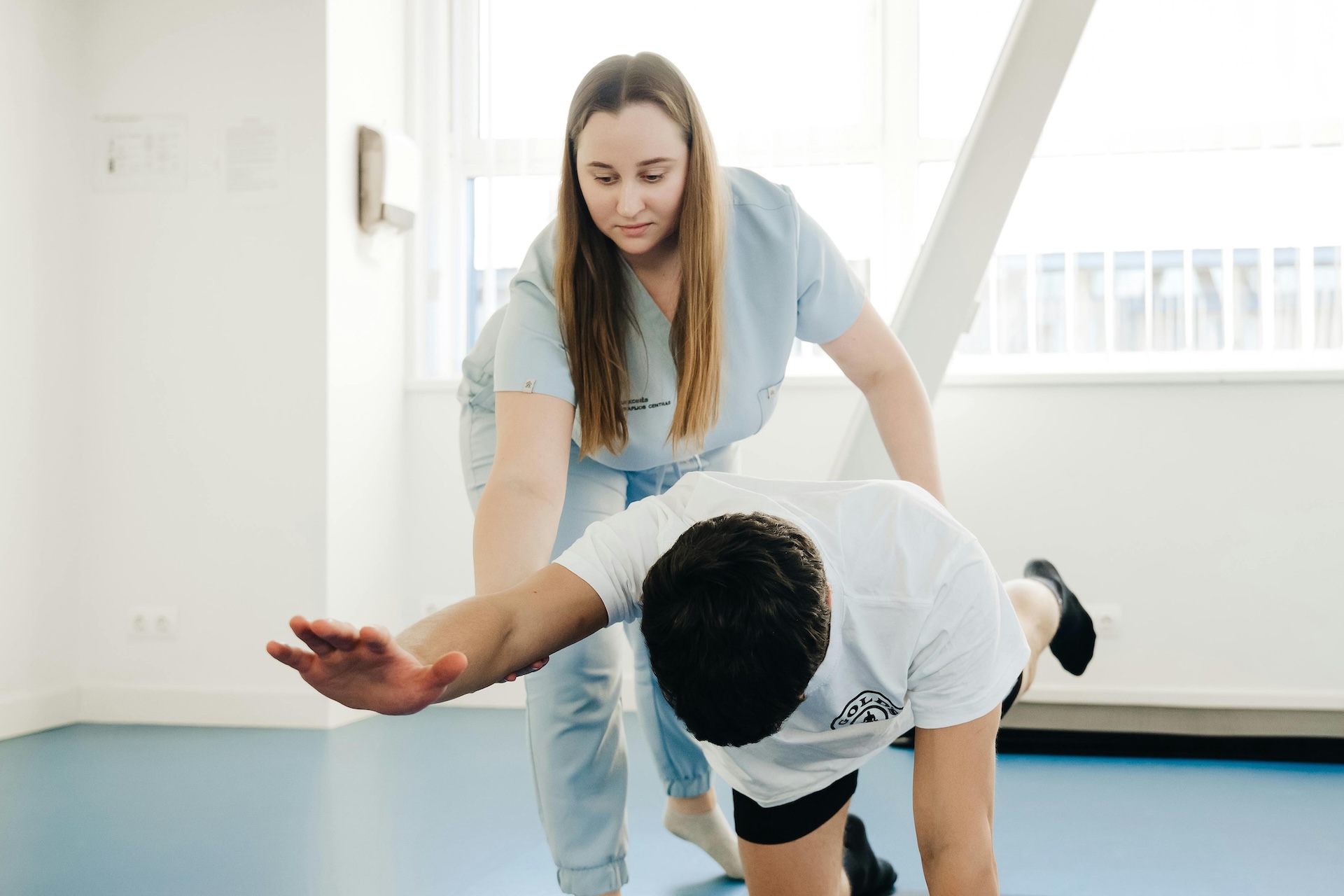A hip replacement is a transformative surgery for those suffering from chronic pain due to conditions like osteoarthritis, rheumatoid arthritis, or severe hip injuries.
This surgical intervention aims to restore mobility and relieve pain, significantly improving the patient’s quality of life. However, one of the main questions after surgery is: what will life be like in the long term after a hip replacement?
Immediate changes: the first step toward a pain-free life
Recovery after a hip replacement begins almost immediately following surgery. Most patients experience a noticeable reduction in pain within the first few days or weeks. While postoperative pain is normal, especially around the incision area, it is managed with medication and tends to decrease as the body heals.
During this period, it is vital to adhere to the medical team’s guidance on postoperative care and physical therapy. This includes performing mobility and strengthening exercises, which are instrumental in hastening recovery and aiding the body in adjusting to the new joint.
What to expect during the first few months
The first few months after a hip replacement is key to adapting to the prosthesis and restoring mobility, especially if a total hip arthoplasty was performed. Although each patient has their own pace of recovery, most can resume daily activities like walking, climbing stairs, and sitting with less difficulty than before the surgery.
Between approximately 6 to 12 weeks, patients typically notice a considerable improvement in their ability to move without pain. However, some individuals may require more time, mainly if they had severe hip degeneration before surgery.
The patient needs to continue with the rehabilitation plan during this time, which includes exercises to strengthen the hip muscles and maintain flexibility. These exercises also help prevent the risk of stiffness or complications with the prosthesis.
Long-term changes: mobility and physical activities
In the long term, most patients who have had successful hip replacement surgery experience significant improvements in their quality of life. Once recovery has progressed and rehabilitation has run its course, many people return to enjoying physical activities that were previously impossible due to pain.
Among the activities that patients can safely resume are:
- Walking without pain: one of the most significant benefits of hip replacement is being able to walk long distances without the discomfort that previously limited mobility.
- Swimming: swimming is a low-impact exercise highly recommended for hip replacement patients. It helps keep the body fit without stressing the new joint.
- Cycling: whether indoors or outdoors, is an excellent way to strengthen muscles and improve mobility without damaging the prosthesis.
However, it is essential for patients to consult their doctor before beginning more intense activities such as running, heavy weightlifting, or contact sports. This precaution is taken to ensure your safety and the longevity of your joint, making you feel cared for and safe.
Prosthesis durability expectations
Modern hip prostheses are designed to last 15 to 20 years or more, depending on the type of material used and the patient’s activity level. However, some patients may need revision surgery over time, especially if the prosthesis wears out or becomes loose.
To extend the lifespan of the prosthesis, it is recommended to maintain an active yet not overly strenuous lifestyle. Low-impact exercises such as swimming, yoga, and Pilates are ideal for staying fit without putting unnecessary pressure on the hip.
Additionally, it is crucial to avoid falls, as they can damage the prosthesis and require additional intervention. Wearing proper footwear, keeping the home free of obstacles, and using aids like canes if necessary are important measures to prevent accidents.
Emotional and social benefits
The impact of hip replacement surgery is not limited to physical benefits. Many people experience improved emotional and social well-being after the surgery. By regaining mobility, patients can once again participate in social activities, travel, and enjoy the independence that pain once denied them. This, in turn, improves self-esteem and reduces the risk of depression and isolation.
Overall, a fuller life
In summary, a successful hip replacement not only relieves pain but also enhances mobility, independence, and overall quality of life in the long term. With proper rehabilitation and ongoing care, patients can enjoy a more active and fulfilling life, participating in previously impossible activities. Discussing expectations with your doctor and following recommendations are key to ensuring the long-term success of the surgery.
A choice for medical excellence
At Blue Ribbon, we are a medical tourism network that has grown steadily over the years and continues to expand. Connected with top-level doctors and hospitals in Mexico, we aim to provide our clients access to specialized medical procedures at a much more affordable price than in the United States without compromising medical quality.
We offer a wide range of medical specialties, from orthopedic procedures, urology, and ophthalmology to plastic surgery and bariatric medicine. Additionally, we have coordinators dedicated to guiding and supporting you throughout the entire process, as our primary goal is to enhance the patient experience during these advanced medical procedures.
If you are interested in undergoing any of the medical procedures we offer or want to learn more about the Blue Ribbon experience, please get in touch with us at 213-9953-029 or via email at contact@blueribbonmedicalnetwork.com. We are here to answer any questions you may have.


